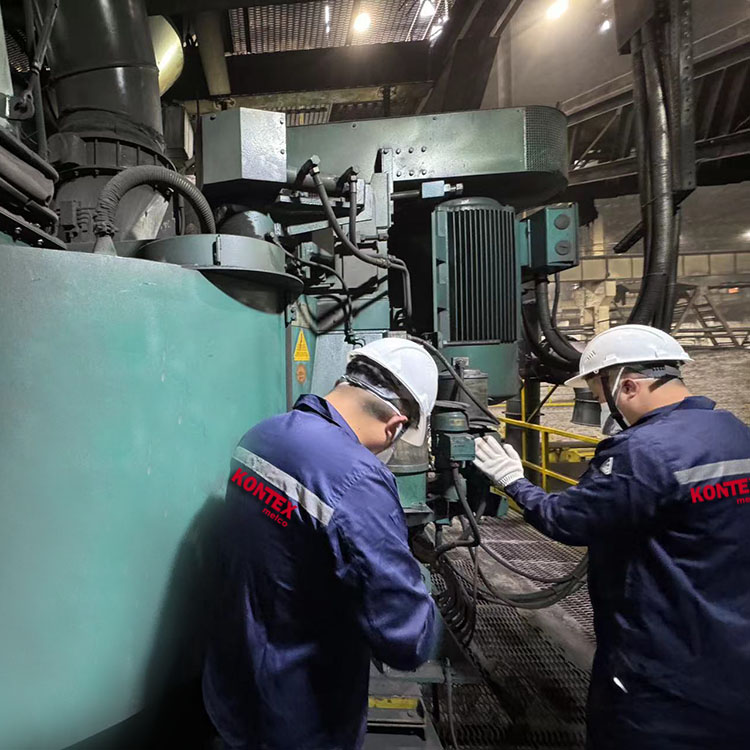Ceramic and glass manufacturers rely on pelletization to shape raw materials into uniform feedstock for kilns. By compressing clay, feldspar, or silica into pellets, producers ensure consistent firing results and reduce material waste. Pelletization also improves handling, as loose powders are prone to segregation and dusting.pass Eirich It can be seen from the present situation that the market prospect is relatively broad, which is conducive to our reference and investment. https://www.kntenx.com
In advanced ceramics, pelletization enables the production of complex shapes with minimal machining. For example, zirconia pellets used in dental implants are precision-formed to meet biocompatibility standards. The process involves cold isostatic pressing, where powder is compacted under high pressure in a flexible mold.
Glass pelletization focuses on improving melt uniformity. By pre-forming batch materials into pellets, manufacturers reduce the time and energy required to achieve homogeneous molten glass. This efficiency is critical in float glass production, where consistency affects sheet quality and optical properties.